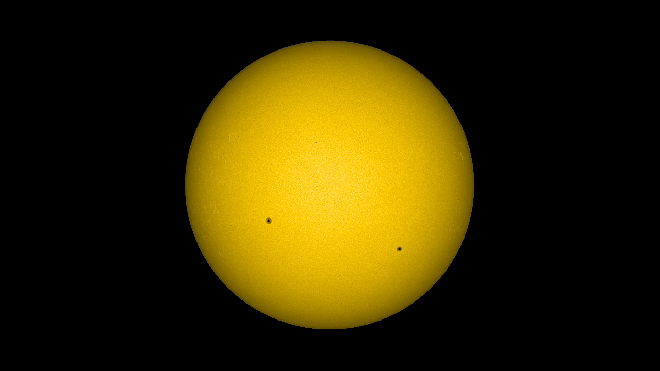|
 Click for today's look. |
Planets:
Saturn
![]() and Neptune
and Neptune ![]() are visible all night.
are visible all night.
******
News
1.
We now have
found the third
interstellar
comet, 3I/ATLAS.
2. Saturn
has 128
new moons discovered, raising the
total to 247.
3. The second closest star (system)to
us, Barnard's star, has four
planets.
4. New models of the NASA's DART
impact reshaping the asteroid moon
Dimorphos show that this object is 'rubble
all the way down'.
*****
Unusual events and objects
(Students might want to ask help in how to use the coordinates, ephemerids and finder charts.)






